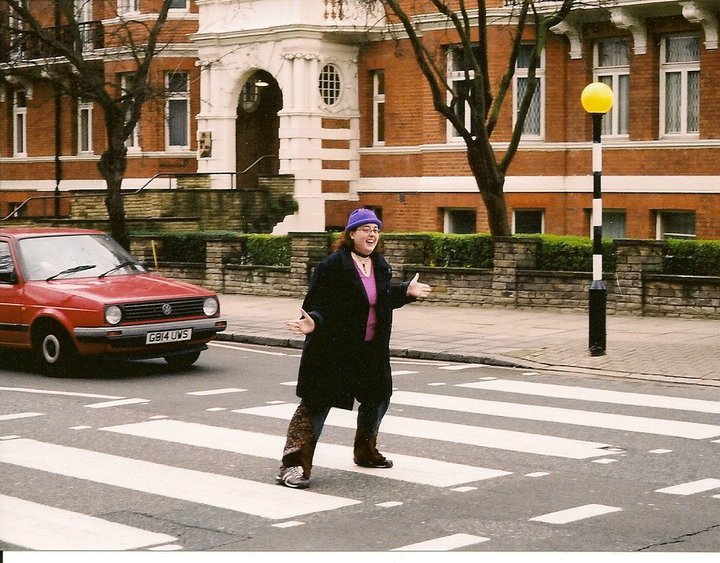Abbey Road

Tuesday, December 23, 2008
Happy Yule/Solstice!
The Winter Solstice, sometimes referred to as Yule, celebrates the rebirth of the sun to the earth, and the solstice itself is the longest (hence, darkest) night of the year. Throughout the world, from Scotland to Iran to the Americas, ancient and modern peoples have called forth the sun on the longest night of the year.You may have noticed that the solstice falls near the Christian holiday of Christmas, and that the word Yule is usually associated with that same holiday. Upon closer inspection, you will find many remnants of the pagan holiday within the current Christian celebrations. For example, the Christmas tree that is erected in many homes is a nod to the original pagan celebration of creating a Yule tree. The sturdy, evergreen tree represents life surviving in the darkest time of the year. The Yule tree was decorated with natural ornaments such as berries, rosebuds, and cinnamon sticks. Candles adorned the tree, representing the light of the sun, soon to be reborn. In many traditions, a Yule log is burned throughout the solstice night to provide a light in the darkest night, symbolizing hope and a belief that the sun will return. Yule is a time of celebration and rebirth, as the light of the God once again is reborn and shines within our lives. The winter solstice is also the time when the Goddess, in her aspect as Crone, is reborn as the Maiden. Rites to celebrate the return of the sun and the respective rebirths of the God and Goddess are appropriate, as are rituals to guide your spiritual path and honor the lessons learned within the dark time.
Subscribe to:
Post Comments (Atom)
No comments:
Post a Comment